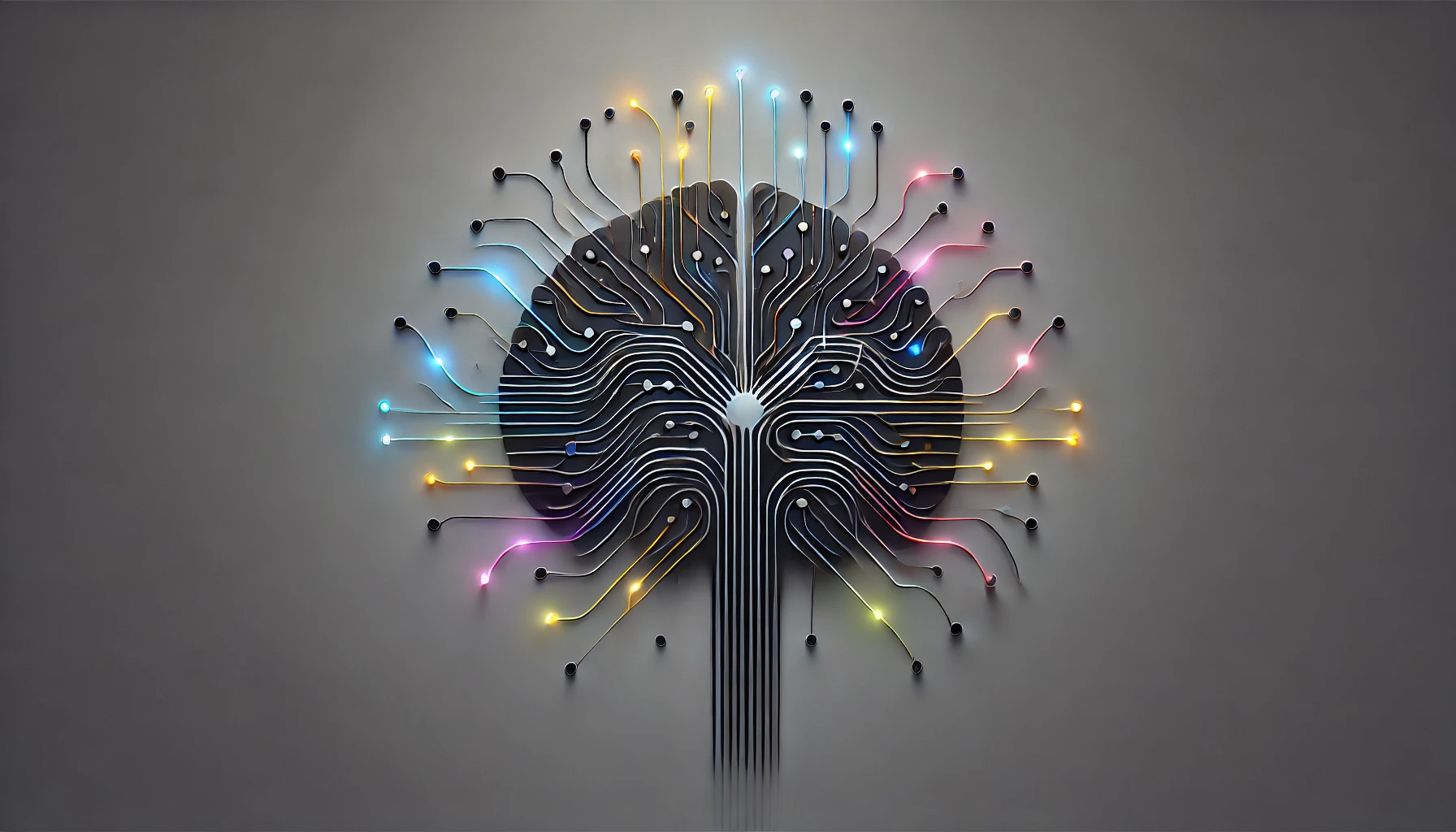Why Train LLama3? The Key to Knowledge Management Made Simple
Imagine being the only librarian in a library the size of New York City. Meeting notes, weekly reports, presentations—everything dumped into a chaotic pile of data. Welcome to corporate knowledge management, where finding what you need often feels like hunting for a needle in a haystack.
But don’t worry, AI is here to save the day, and LLama3 is the sidekick you didn’t know you needed. This large language model (LLM) can digest mountains of data and deliver hyper-personalized answers in a snap. Think of it as the Google of your private knowledge—minus the ads.
So, let’s dive into how you can train and fine-tune LLama3 to create chatbots, streamline business operations, and unlock the full potential of your data.
The Two Ways to Feed Knowledge into LLama3
When it comes to AI, feeding the beast is half the battle. There are two ways to teach LLama3:
1. Fine-Tuning: Baking Knowledge into the Model Weights
Fine-tuning involves embedding knowledge directly into the neural network weights of the model. This makes LLama3 faster and more precise at delivering answers because the information is baked into its core.
However, fine-tuning isn’t for the faint of heart—you’ll need the right training data, parameter configurations, and patience. This technique is like marinating a steak: the longer and more carefully you prepare, the better the outcome.
-
Pros:
- Ultra-fast responses
- High precision
- No need for external data during inference
-
Cons:
- Requires specialized knowledge
- Time-intensive
- Hard to update or modify
2. Retrieval Augmented Generation (RAG): Dynamic Knowledge on the Fly
The more popular and user-friendly option is RAG. Here, instead of embedding knowledge into the model, LLama3 fetches it on demand from a database, adding relevant information as part of its prompt.
Think of RAG as the Netflix of knowledge retrieval—pulling in what you need, when you need it, and leaving the rest untouched.
Challenges of Building an AI Chatbot for Real-World Use
Let’s get real for a moment—building a chatbot that can answer more than just “Hello, how are you?” isn’t easy. Messy data is the bane of every AI developer’s existence. PDFs, PowerPoints, spreadsheets—data comes in every shape and form, and LLama3 needs a clean, structured way to process it.
The Real Problem: Messy Data, Messy Results
When you feed garbage into your AI, it spits garbage right back at you. A simple RAG implementation often fails because it can’t correctly extract and interpret complex data from different formats like images, tables, or charts.
Solution: Advanced Data Parsers for the Win
Enter LlamaIndex’s new parser, a powerful tool that converts PDFs and other documents into LLM-friendly markdown. Imagine feeding your AI a comic book PDF and getting back only the dialogue—it’s like magic.
Mastering Chunk Size for Optimal Retrieval
When building your RAG pipeline, you’ll need to slice documents into smaller, manageable chunks. But how small is too small? And if you go too big, will the middle of your data get ignored?
Here’s a secret: chunk size matters. If your chunks are too small, context gets lost; too large, and LLMs struggle with memory limits.
Experiment with chunk sizes and test different configurations. This process is like Goldilocks finding the perfect porridge—it takes time, but it’s worth it when everything clicks.
Why Hybrid Search is a Game-Changer
Not all searches are created equal. For example, vector search is great for finding semantically similar content, but keyword search might work better for e-commerce queries where exact product names are essential. Enter hybrid search: a combination of both, offering the best of both worlds to ensure accurate results.
How to Build a Self-Correcting RAG Agent with LLama3
What if your AI could correct its own mistakes and refine its answers in real-time? That’s exactly what agentic RAG aims to do. Here’s how it works:
- Query Translation: Simplify complex questions to improve retrieval accuracy.
- Self-Reflection: The model checks if its answer is correct or hallucinating.
- Dynamic Adjustments: It reruns searches and modifies answers until it’s satisfied.
Imagine asking, “How did sales perform between 2022 and 2024?” Instead of a single flat answer, the AI breaks it down year-by-year, ensuring each part is accurate and clear.
Scaling AI Solutions: Insights from Top Startups
Curious about how AI-native startups are leveraging these techniques? According to HubSpot’s recent research, startups are embedding AI into every part of their business—from customer segmentation to intelligent pricing models.
The takeaway? AI isn’t just a tool—it’s a competitive edge. As the technology matures, businesses that embrace it will outpace those that don’t.
Join the iNthacity Community
With tools like LLama3 at your fingertips, you’re no longer bound by the limitations of old-school knowledge management. Whether you’re a startup founder or part of an AI development team, the future is in your hands. Now it’s your turn:
- What will you build with LLama3?
- How will you tackle messy data challenges?
We’d love to hear your thoughts—drop a comment below and join the conversation!
Become a permanent resident and citizen of iNthacity: the “Shining City on the Web.” Click here to apply and stay ahead in the AI game.




















Post Comment
You must be logged in to post a comment.